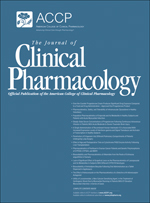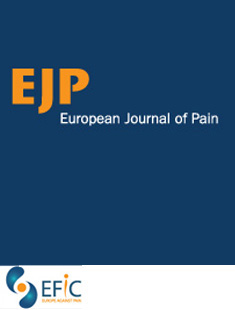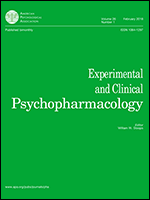“Objectives. To determine the association of medical marijuana laws (MMLs) with traffic fatality rates.
Methods. Using data from the 1985–2014 Fatality Analysis Reporting System, we examined the association between MMLs and traffic fatalities in multilevel regression models while controlling for contemporaneous secular trends. We examined this association separately for each state enacting MMLs. We also evaluated the association between marijuana dispensaries and traffic fatalities.
Results. On average, MML states had lower traffic fatality rates than non-MML states. Medical marijuana laws were associated with immediate reductions in traffic fatalities in those aged 15 to 24 and 25 to 44 years, and with additional yearly gradual reductions in those aged 25 to 44 years. However, state-specific results showed that only 7 states experienced post-MML reductions. Dispensaries were also associated with traffic fatality reductions in those aged 25 to 44 years.
Conclusions. Both MMLs and dispensaries were associated with reductions in traffic fatalities, especially among those aged 25 to 44 years. State-specific analysis showed heterogeneity of the MML–traffic fatalities association, suggesting moderation by other local factors. These findings could influence policy decisions on the enactment or repealing of MMLs and how they are implemented.”
http://ajph.aphapublications.org/doi/abs/10.2105/AJPH.2016.303577
“Medical Marijuana: Traffic Deaths Drop In States That Legalized Cannabis Use” http://www.techtimes.com/articles/190597/20161230/medical-marijuana-traffic-deaths-drop-in-states-that-legalized-cannabis-use.htm










